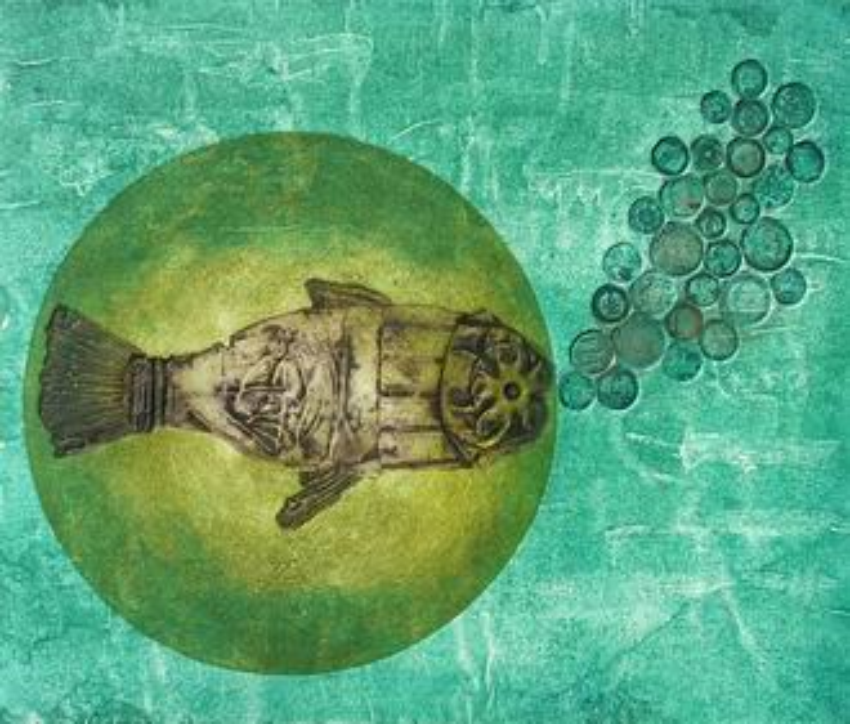Crímenes perfectos: “El caso Baldomero” y “Emma Zunz”
DOI:
https://doi.org/10.35305/b.v1i02.29Palabras clave:
crimen perfecto, límites, literatura policial, Virgilio Piñera, Jorge Luis Borges, Emma Zunz, El caso Baldomero, limits, detective fiction, perfect crime, The Baldomero AffaireResumen
Lo que determina que un crimen se constituya como objeto de un género literario es su carácter perfecto (real o aparente). La perfección demanda la investigación, que es lo central en la narración policial clásica. El crimen perfecto suele presentar en la literatura dos instancias de verificación que serían, por un lado, la confección del crimen y, por otro, la investigación del mismo. “El caso Baldomero” de Virgilio Piñera y “Emma Zunz” de Jorge Luis Borges representan estas dos caras del problema: la investigación en el primer caso y el plan del crimen en el segundo. Ambos planos suponen un tercer lugar. Ese espacio es donde se tejen las relaciones principales del crimen y se establecen los vínculos entre el relato y la realidad diegética que se intenta representar y/o recuperar. Este artículo trabaja principalmente en esa tercera zona de la ficción policial.
Abstract: What determines whether a crime can be considered a subject for a literary genre is its perfection, either real or apparent. Perfection requires an investigation, the central element of classic crime fiction. In literature, there tend to be two different moments in which “the perfect crime” is shown to be such: in the planning of the crime itself, and in its investigation. “El caso Baldomero” by Virgilio Piñera and “Emma Zunz” by Jorge Luis Borges represent these two moments, investigation with regards to the first, and the planning of the crime in the second. Both involve a third space. This space is where the most important relations of the crime are forged, where the links between the story and diegetic reality are established. This article focuses on this third zone of crime fiction.



